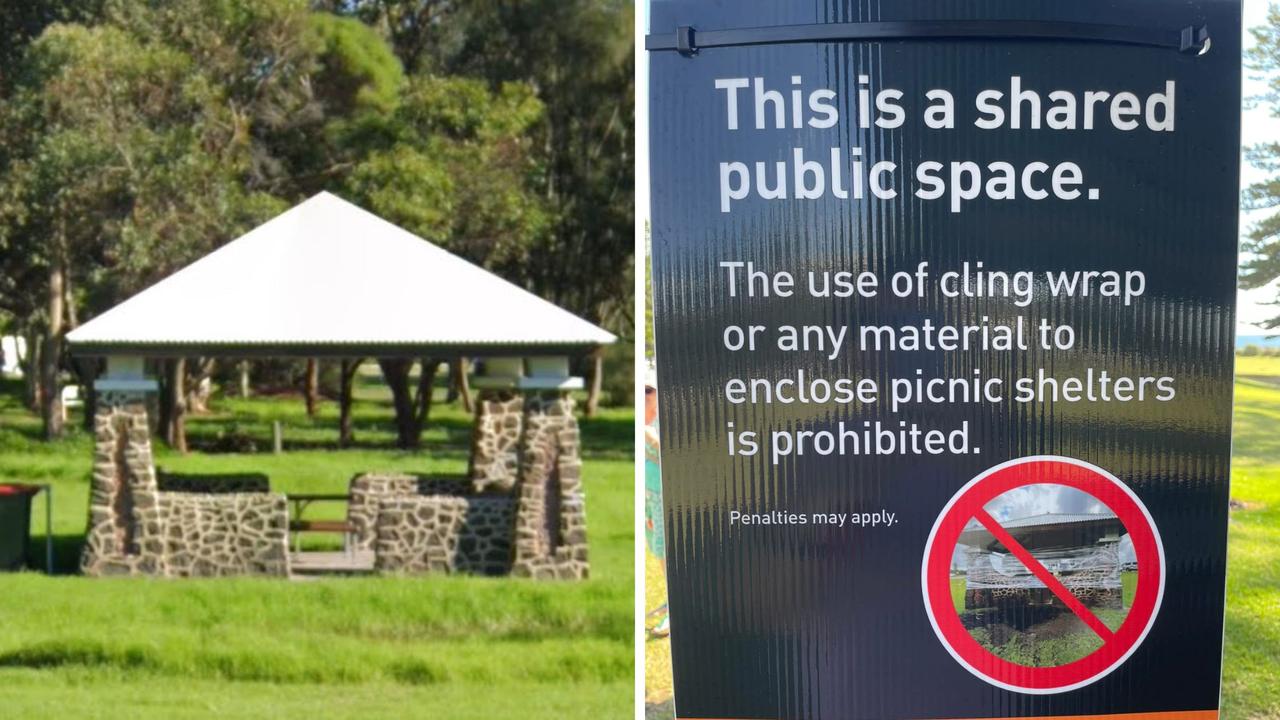Massive operation to save trapped American caver Mark Dickey 1,000 metres down Turkish cave
A man trapped a kilometre underground has spoken for the first time amid a potentially weeks-long effort to free him from a cave.

Outdoors
Don't miss out on the headlines from Outdoors. Followed categories will be added to My News.
A man trapped a kilometre underground has spoken for the first time as it’s revealed a massive effort to free him from a Turkish cave could take weeks.
An extensive international rescue operation is in progress to save the life of Mark Dickey, a 40-year-old American researcher who became trapped approximately 1000m below the surface in Morca Cave, in the Taurus Mountains of southern Turkey.
Associated Press reports that Dickey, an experienced caver, fell seriously ill during an expedition with a small group, including three other Americans.
The veteran instructor and Speleologist with the National Cave Rescue Commission was co-leading an expedition to find and map a new passage in the 1275m deep Morca cave system for the Anatolian Speleology Group Association when he fell ill at a depth of around 1120 metres before being moved to the group’s base camp.
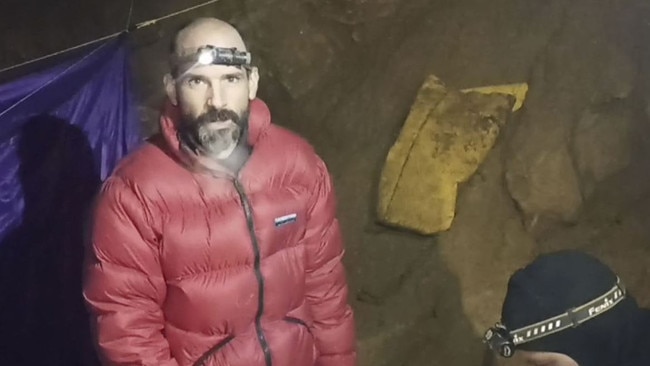
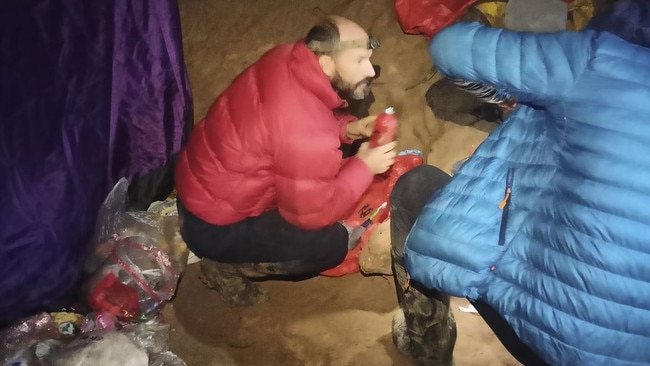
The European Association of Cave Rescuers reported that Mr Dickey began experiencing stomach bleeding during his descent into the cave, rendering him unable to extricate himself.
The situation has prompted a massive response from rescue teams across Europe, with experts and medical professionals converging on the cave complex.
In a video message recorded from inside the cave and made available by Turkey’s communications directorate, Mr Dickey expressed his gratitude to the caving community and the Turkish government for their swift efforts.
“The caving world is a really tight-knit group, and it’s amazing to see how many people have responded on the surface,” he is shown saying.
“We’re still waiting for communications actually to reach down here. So right now it’s a day or two days of travel for information to get back and forth.
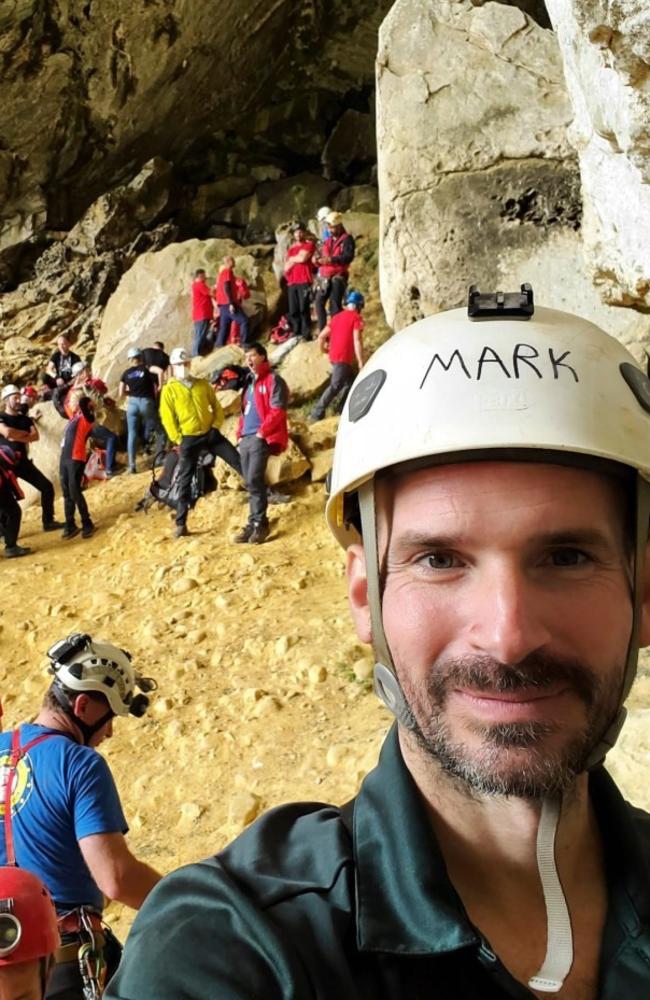
“I don’t quite know what’s happened, but I do know that the quick response of the Turkish government to get the medical supplies that I need, in my opinion, saved my life. I was very close to the edge.”
Despite the circumstances, a New Jersey-based cave rescue group, to which Mr Dickey is affiliated, reported that he had stopped vomiting and could consume food for the first time in days.
However, the cause of his medical condition remains unknown.
The New Jersey Initial Response Team described Dickey as “very sick” and emphasised the need for continuous medical care during the rescue operation.
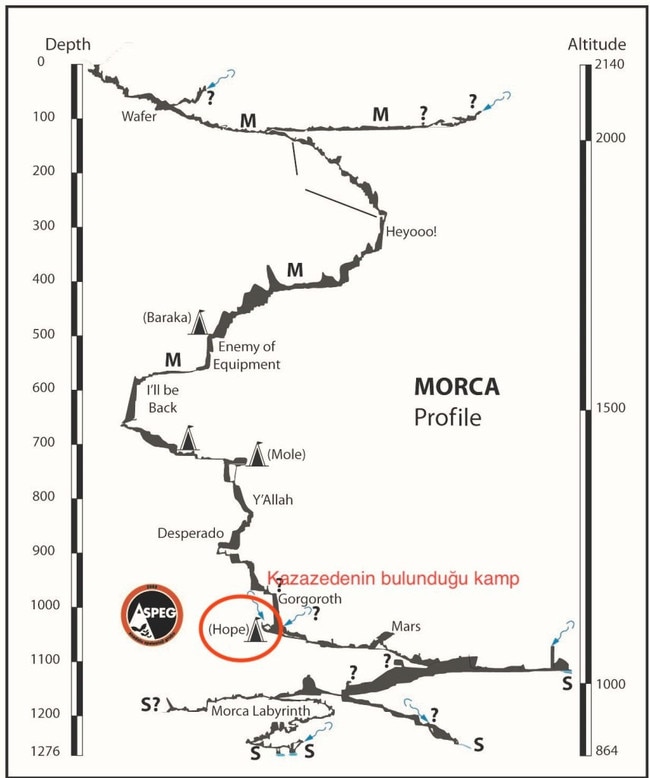
Communication with Mr Dickey is an arduous process, taking five to seven hours, as runners relay messages between him and the surface camp where a telephone line has been established.
The challenging environment inside the cave, with temperatures hovering between 4-6 degrees Celsius, has added to the complexity of the rescue effort.
Dinko Novosel, a Croatian cave rescuer and the head of the European Association of Cave Rescuers, acknowledged that extracting Dickey from such depths would be challenging.
AP reports that the collaborative rescue operation involves teams from Bulgaria, Croatia, Hungary, Italy, Poland, and Turkey.
Mr Dickey’s ordeal began while participating in an expedition to map the 1,276m-deep Morca cave system for the Anatolian Speleology Group Association.
Yusuf Ogrenecek of the Speleological Federation of Turkey confirmed that Dickey’s condition had been improving.
Doctors will assess whether he can be brought out of the cave on a stretcher or under his own power.
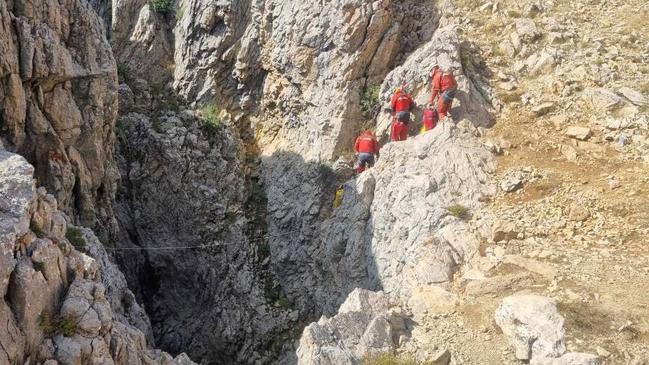
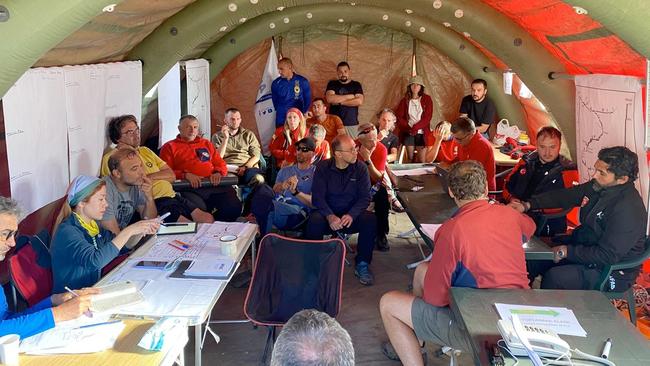
Turkish disaster relief agency AFAD and the UMKE rescue team are working alongside Turkish and international cavers to formulate a plan for Mr Dickey’s rescue.
Over 170 individuals, including medical professionals, paramedics, and experienced cavers, are involved in the operation, which may span two to three weeks.
A contingent of rescuers from Italy’s National Alpine and Speleological Rescue Team is set to arrive in Turkey to participate in the rescue mission, joining approximately 50 rescuers stationed at the cave’s entrance.
Marton Kovacs of the Hungarian Cave Rescue Service revealed that preparations were underway within the cave to facilitate Mr Dickey’s safe extraction.
Narrow passages are being widened to accommodate a stretcher, and precautions are being taken to mitigate the risk of falling rocks.

The extraction process is expected to commence over the weekend, potentially lasting several days, with designated resting points along the ascent route for Mr Dickey and the rescue teams.
The cave has been divided into sections, with each country’s rescue team responsible for a specific portion.
The Hungarian Cave Rescue Service was the first to reach Mr Dickey and provided emergency blood transfusions to stabilise his condition.
A team of 15-20 more Hungarian rescuers is en route to the rescue site.
Meanwhile, six mountain rescuers from Poland, including two medics, have been dispatched to Antalya to contribute to the operation.
Thirteen additional rescuers from southern Poland are on standby, ready to join the effort.
Jerzy Siodlak, the head of Poland’s mountain rescue service, GOPR, acknowledged the challenging nature of the operation due to Dickey’s condition and the demanding conditions within the cave.
– With the New York Post
Originally published as Massive operation to save trapped American caver Mark Dickey 1,000 metres down Turkish cave




